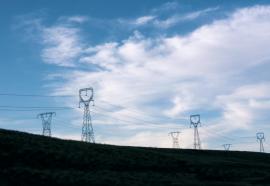The Power to Reduce CO2 Emissions: The Full Portfolio
What the U.S. electricity sector must do to significantly reduce CO2 emissions in coming decades.
The large-scale CO2 reductions envisioned to stabilize, and ultimately reverse, global atmospheric CO2 concentrations present major technical, economic, regulatory and policy challenges. Reconciling these challenges with continued growth in energy demand highlights the need for a diverse, economy-wide approach.











